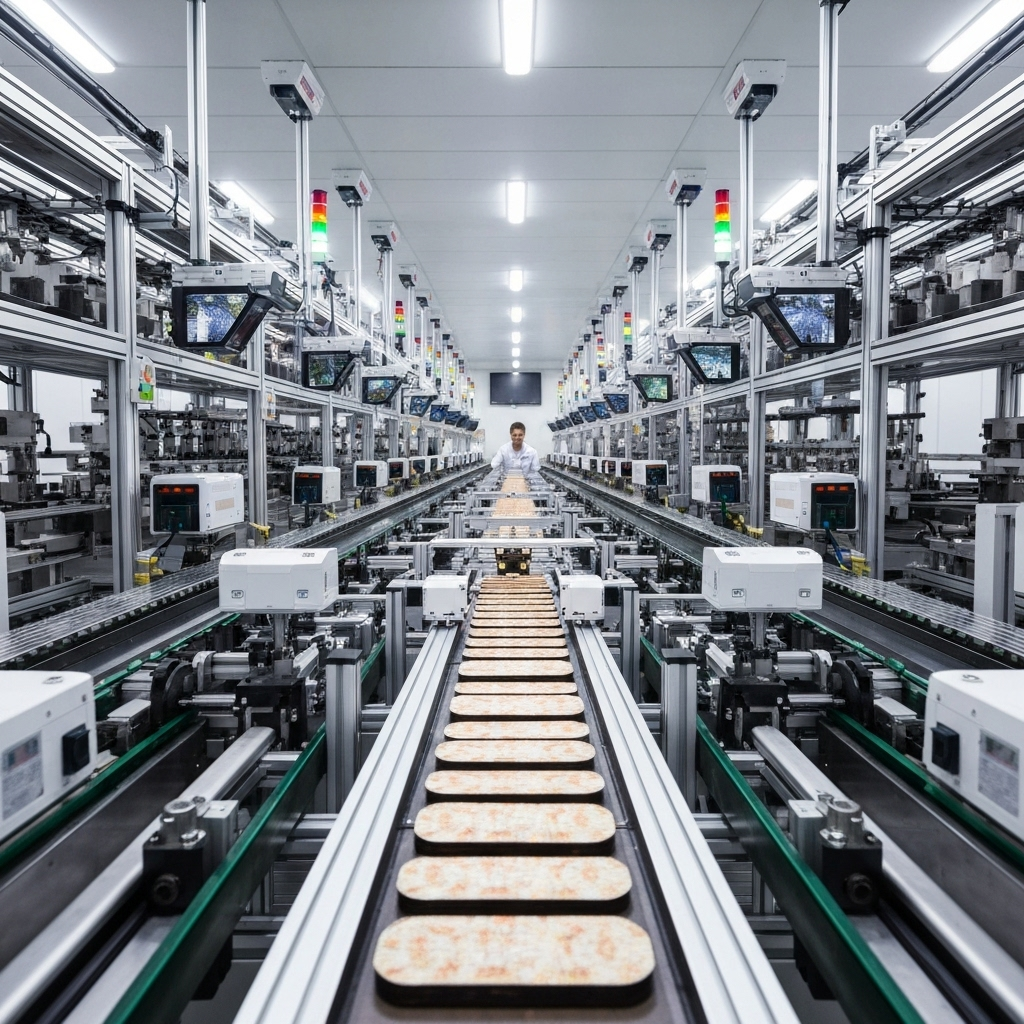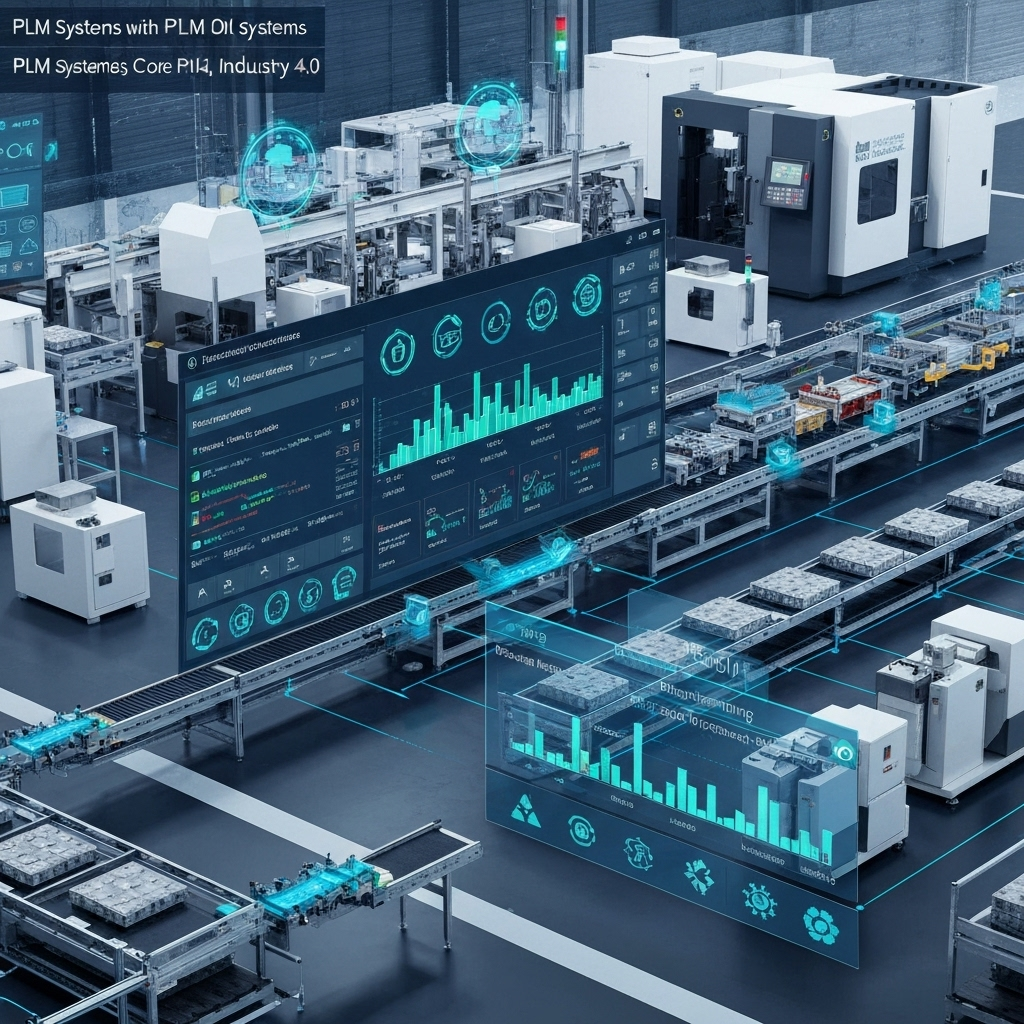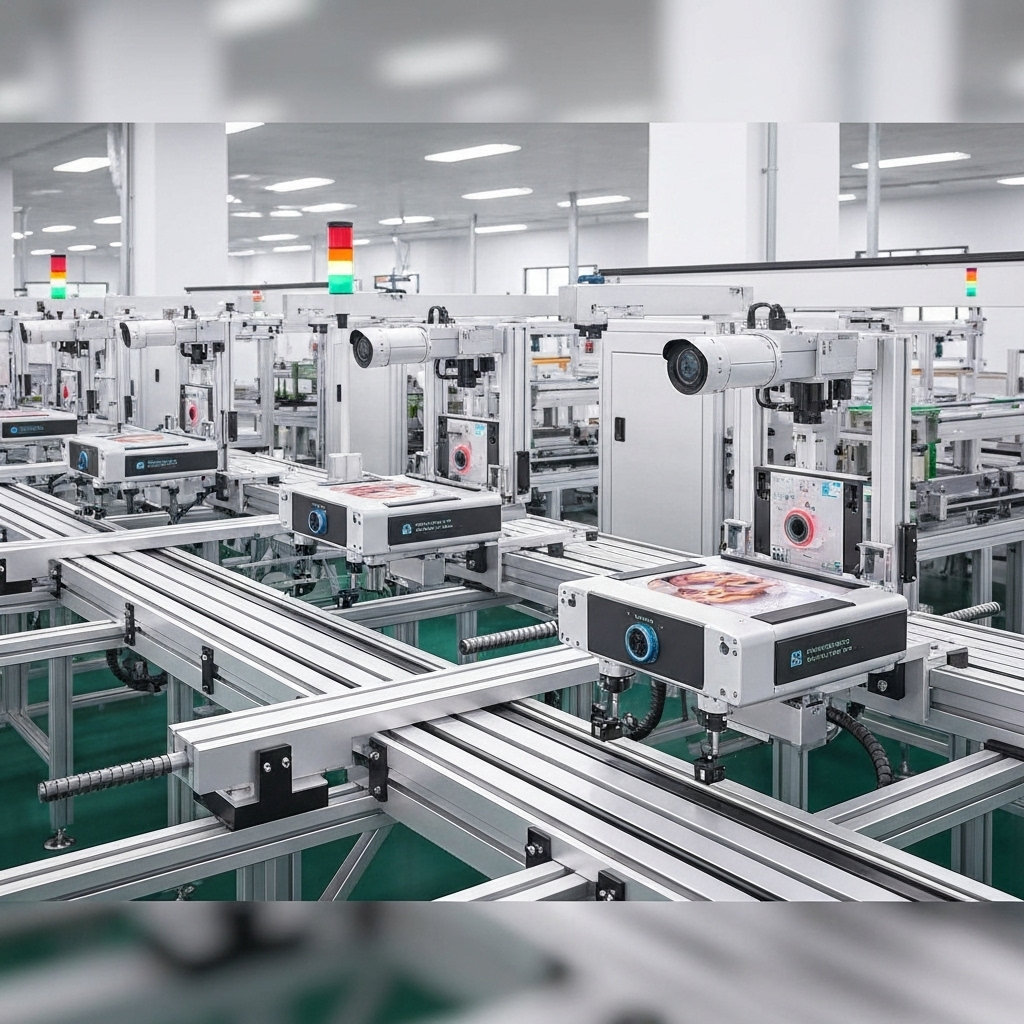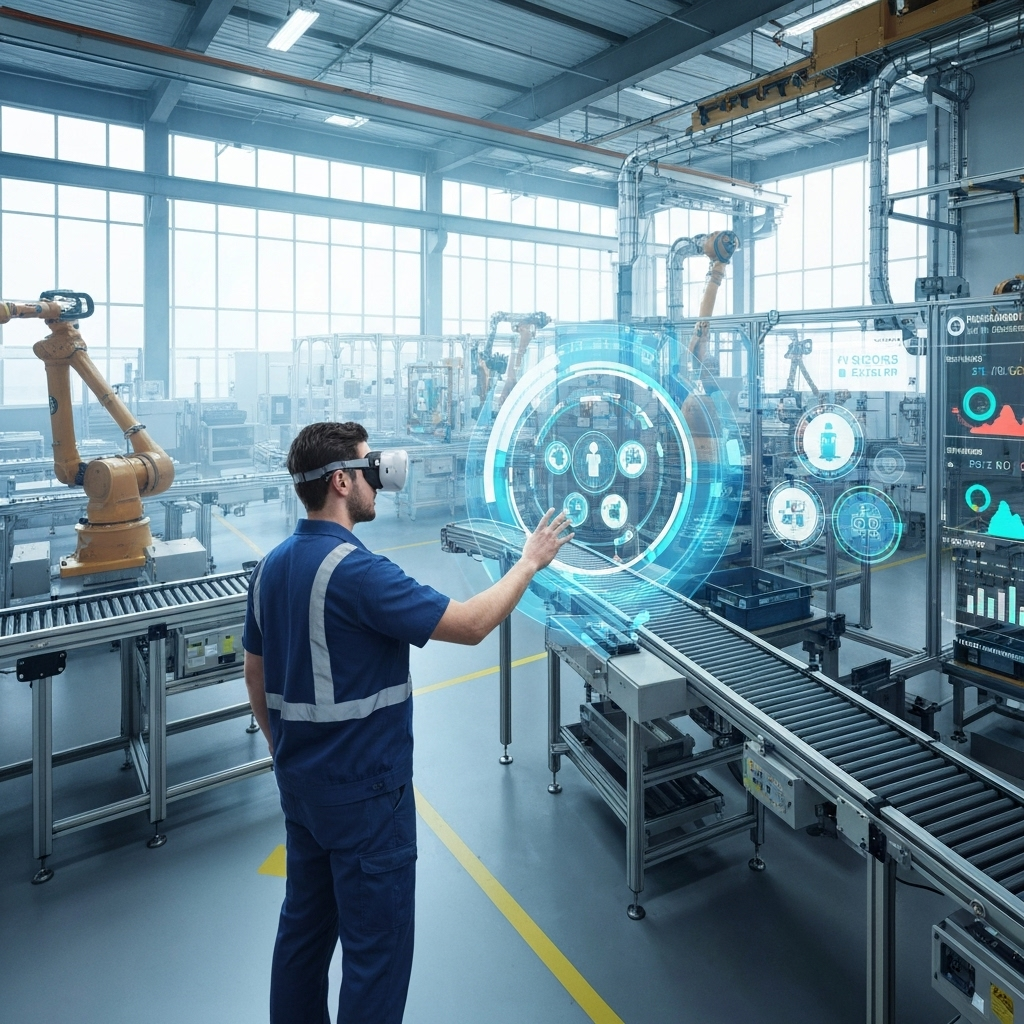Computer Vision in Manufacturing: What Actually Works
Real-world lessons from deploying vision AI on production lines. The technical challenges, integration hurdles, and surprising successes.

Computer vision in manufacturing sounds straightforward: cameras watch production lines, AI detects defects, quality improves. The reality involves lighting challenges, integration complexity, and unexpected edge cases. Here's what we've learned from real deployments.
The Technical Reality
Factory environments are hostile to computer vision: inconsistent lighting, vibration, dust, and electromagnetic interference. Successful systems require industrial-grade cameras, specialized lighting, and robust image processing pipelines that can handle real-world conditions.

Integration Challenges
Vision systems must integrate with existing PLCs, SCADA systems, and quality management software. This requires understanding industrial protocols, real-time constraints, and fail-safe mechanisms. The AI model is often the easiest part—integration is where projects succeed or fail.

Measuring Success
Defect detection accuracy is important, but operational metrics matter more: reduced waste, improved throughput, and decreased manual inspection time. Our most successful deployment reduced quality control costs by 60% while improving defect detection rates.

Computer vision in manufacturing succeeds when technical capabilities align with operational realities. Focus on solving specific, measurable problems rather than pursuing general-purpose vision systems.
